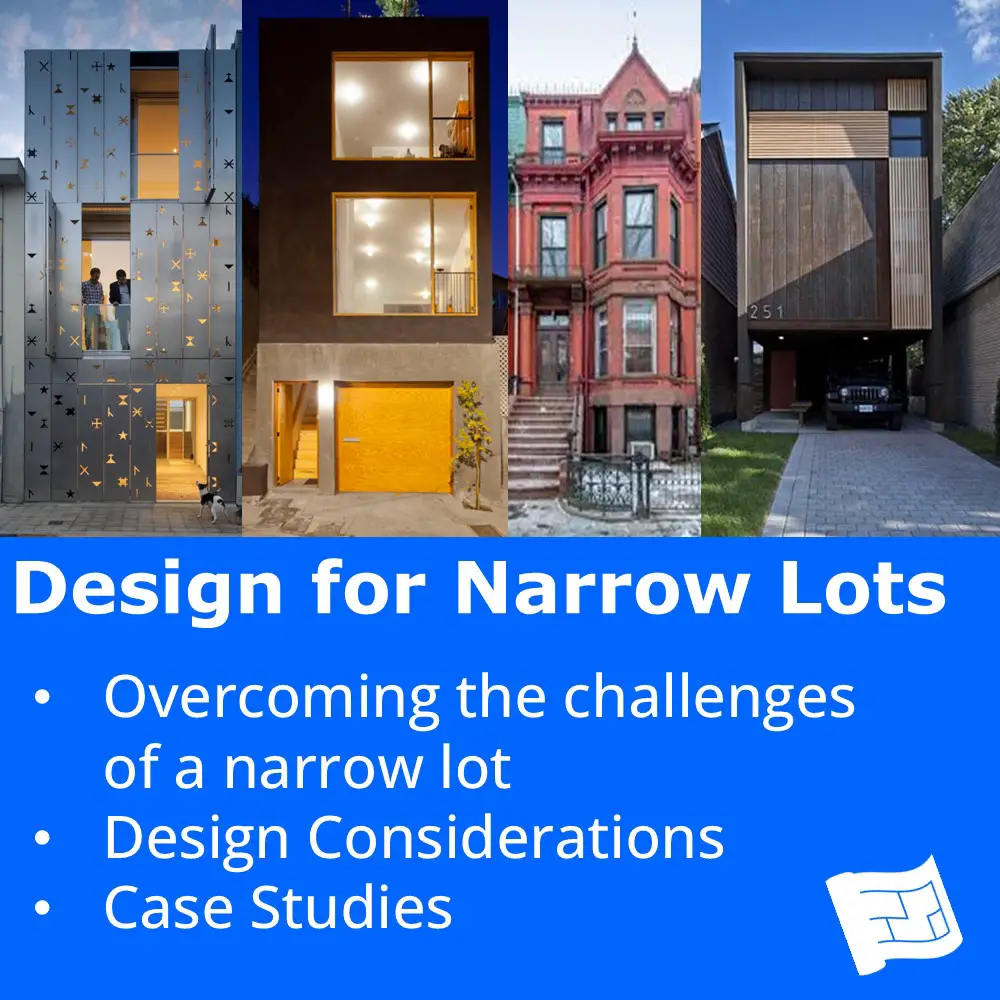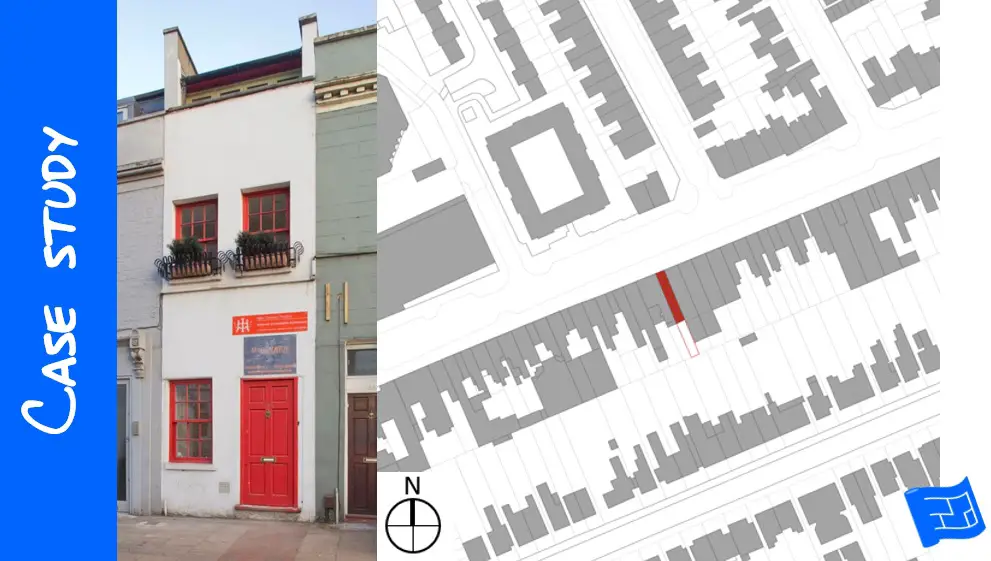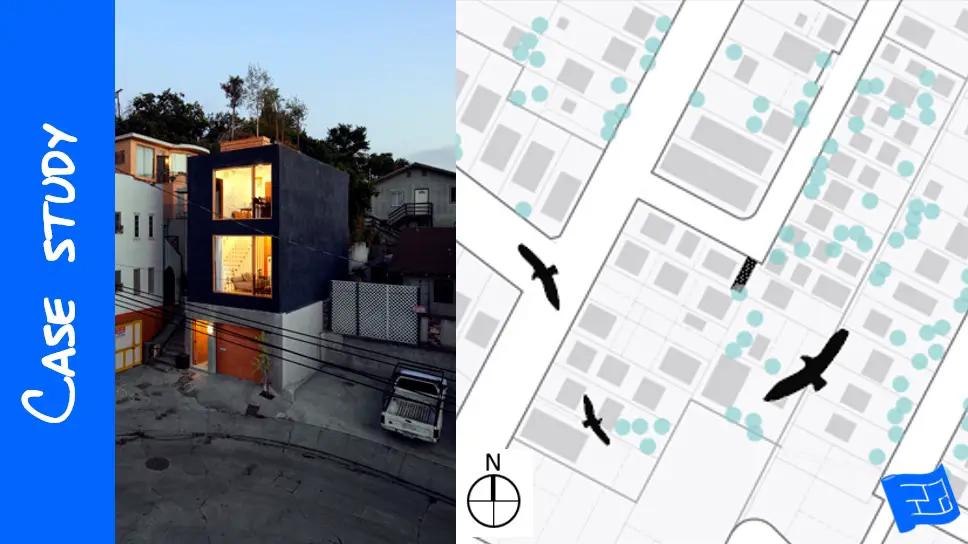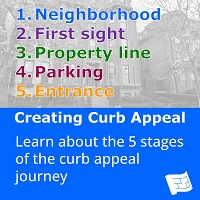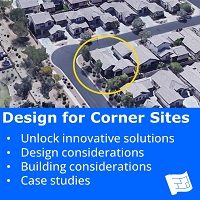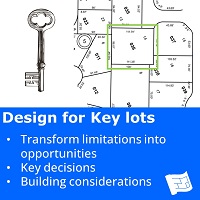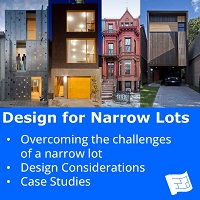- Home
- Your Lot ¦ Plot ¦ Site
- Design for your site
- Narrow Lots
House Plans for Narrow Lots
If you're looking for House Plans for Narrow lots it makes sense to first understand some of the challenges that are presented by narrow lots. Then you'll be in a better position to assess house plans for narrow lots.
In high density housing areas, narrow lots are commonplace. Let’s define a narrow lot as anything 10m or less wide but they can be much thinner. If you're hunting for a site, don't overlook narrow lots as they have potential and other buyers might pass on them.
The challenge with house plans for narrow lots is to design so that your home feels spacious and expansive rather than cramped or pinched.
Let's have a look at some considerations for narrow lots, then design decisions on achieving a good design for a narrow site.
Narrow Lot Considerations
Street Frontage
The front of your home, particularly the ground floor has a strong influence over how your house ‘looks’.
There are three things that you would normally look to place at ground level at the front of your house:
- Front door
- Some sort of living space - it might be any room, but a room to the front of the home.
- Parking - either pad parking, carport or garage.
On a narrow lot, there’s rarely room for all three, there might be room for two and on really narrow lots, there’s probably only room for one.
The Tunnel Effect
On a narrow lot, there's no getting away from the fact that once inside the home, the rooms are going to have to line up, one after the other from the front to the back. The home can feel like a tunnel and if there's a hallway the length of the house this will feel even more like a tunnel.
Getting Light into the Middle
Closely related to the tunnel effect is the fact that without some clever design strategies, it's hard to get light into the middle spaces of a home on a narrow site. This might be because there's no side windows, or what windows there are lit in only poor quality light.
Working with These Considerations
Perhaps you have had the chance to live in or look around a traditional town house. The design of the more modest historical town houses did not do a great deal to solve these challenges.
Let's look now at some strategies you can use for designing a home on a narrow site.
Design Decisions for Narrow Lots
Here are some design decisions for you to consider...
- Get the orientation right - find out where north is and plan your home design taking this into account.
- Use half floors - using half floors breaks up the tunnel effect in the vertical direction, both visually and when circulating throughout the home. Rather than a long straight line, there are some stairs breaking up the visual line and the circulation journey. Half floors also allows you to vary the ceiling height if desired to create further interest. You'll need to design in section as well as plan to work out your half floors.
- Get the shape and location of the staircase right - front, middle, side or back? Single run or return? The orientation will be a big input into this decision.
- Place rooms that require less light in the center of the home. Utility spaces, media rooms, storage, perhaps bathrooms are candidates to be placed towards the center of the home where there is less light.
- Include circulation within the rooms. By this I mean cutting out the walls which create the hallways where appropriate. You still need space to circulate, but that space will read as part of the room, making it feel bigger. You could avoid hallway walls altogether, or use glass to create a sound and air barrier, but not a visual barrier.
- Add rhythm and breaks to long stretches of circulation to avoid the tunnel effect, eg bookshelves, niche for a bench, niches with lowered ceiling for entrances into rooms.
- Use skylights and other high windows to bring light down from above.
- Use internal courtyards to bring light into the center of the home.
- Consider having the main entrance at the side of the home.
- If the entrance is towards the street, use glass in the front door to capture more light.
- Consider setting back the ground floor to throw a shadow which will disguise an element that's less appealing visually, eg car parking.
- Is the best outdoor space going to be on the roof? If so, do the zoning rules allow you to have a roof garden? Are the views better from high up as well? What does this mean for the location of your main living space?
- Would a small lift or dumb waiter make a tall townhouse more functional?
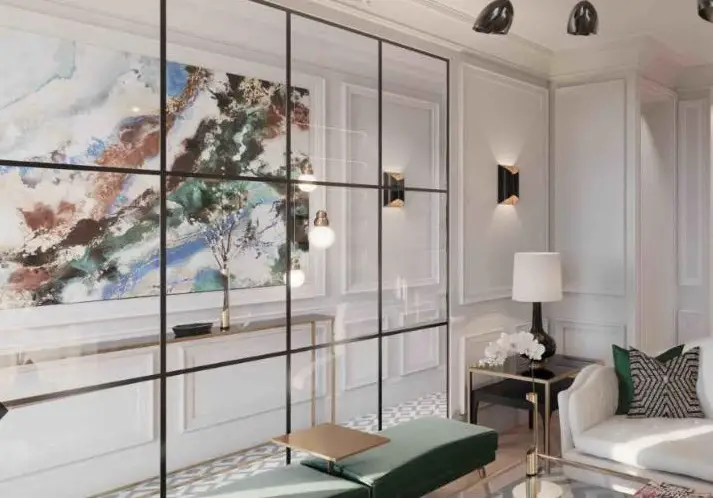 This town house living room is made to feel more spacious as a result of the glass wall that looks through to the hallway. Notice also that the entrance to the living room is set forward.
Design by 1.61 Design
This town house living room is made to feel more spacious as a result of the glass wall that looks through to the hallway. Notice also that the entrance to the living room is set forward.
Design by 1.61 Design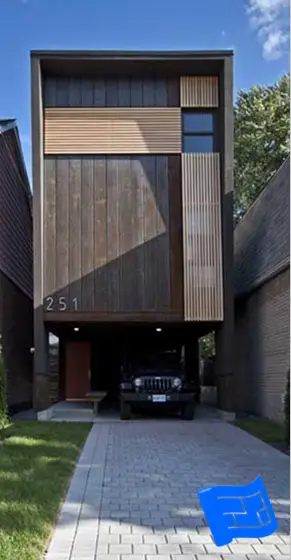 Setting the carport back into shadow draws the eye away from the car. The entrance is still made obvious by the large house number and the entrance is separated from the parking area by a bench and a step up in ground level.
Setting the carport back into shadow draws the eye away from the car. The entrance is still made obvious by the large house number and the entrance is separated from the parking area by a bench and a step up in ground level.
Narrow site zoning / planning tip
If your site is narrow and has side setbacks, work with your design professional or the planning department to see if there's a rational for getting the setbacks reduced on one or both sides. This might lead to a home that's a few feet wider.
Building Considerations for Narrow Lots
- If there’s heavy duty landscaping to be done to the back yard, or you want to put a pool in, this will need to be done before the main work on the house starts.
- Working in a smaller area can make things tricky for contractors as it can be more labor intensive and time consuming.
- Narrow sites have less storage space out front which can make logistics harder for contractors.
Both of these last two ‘inconveniences’ let’s call them will push up the price of your build slightly.

